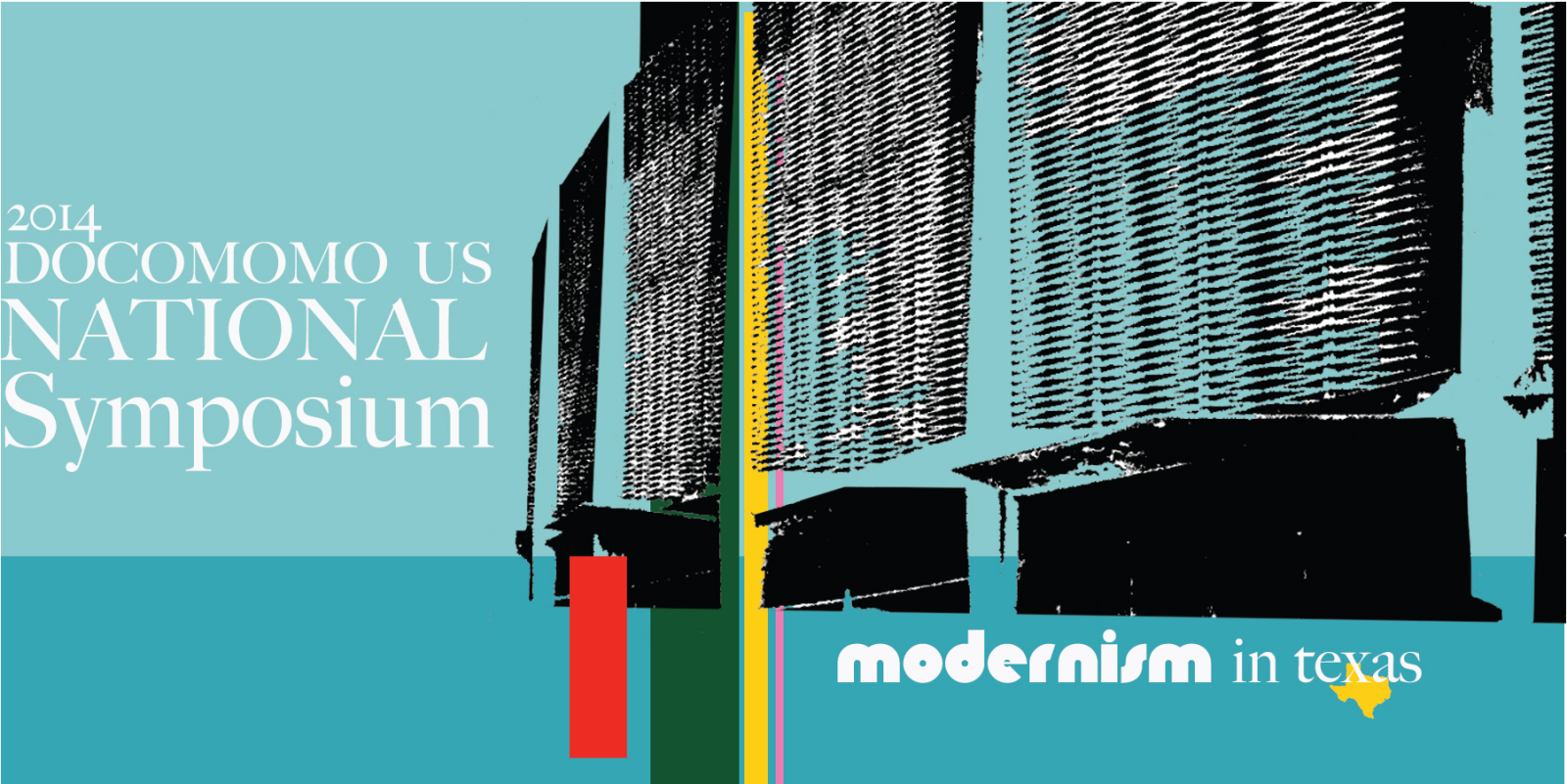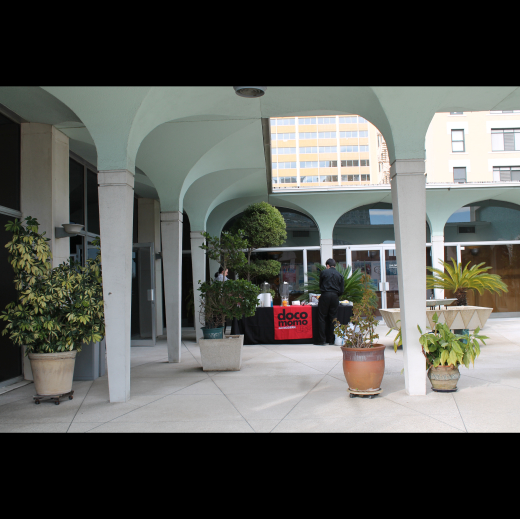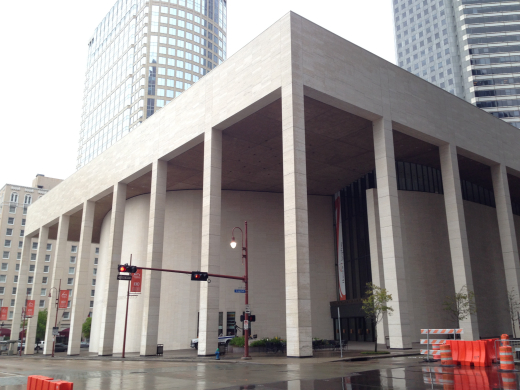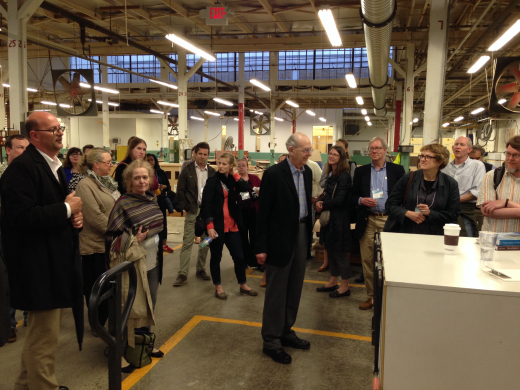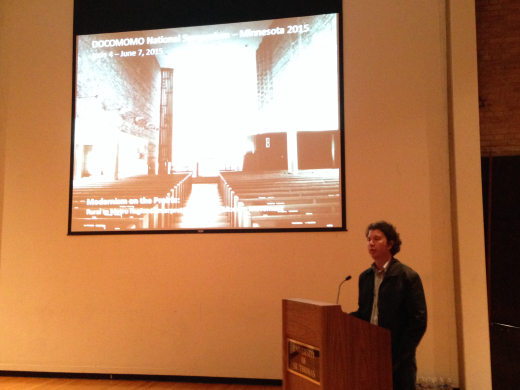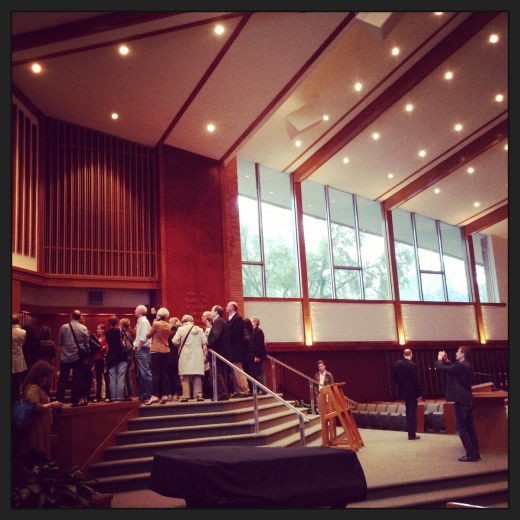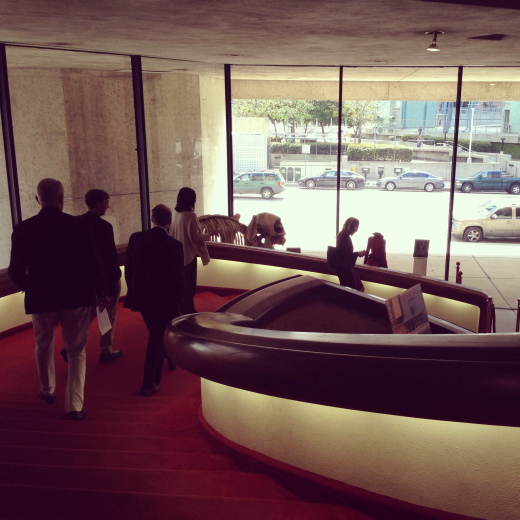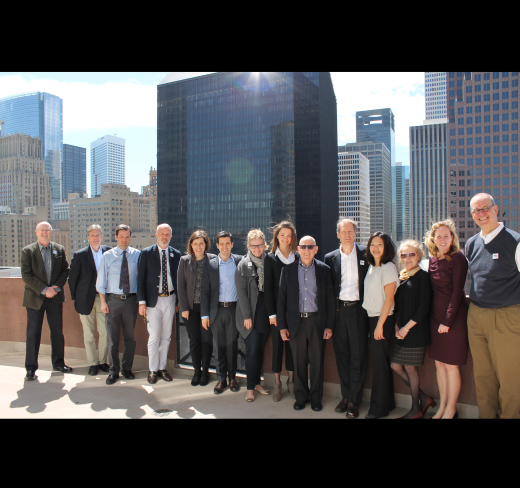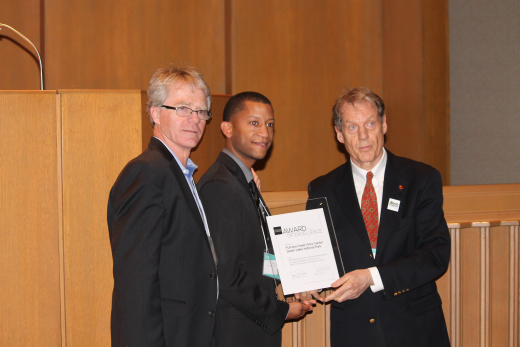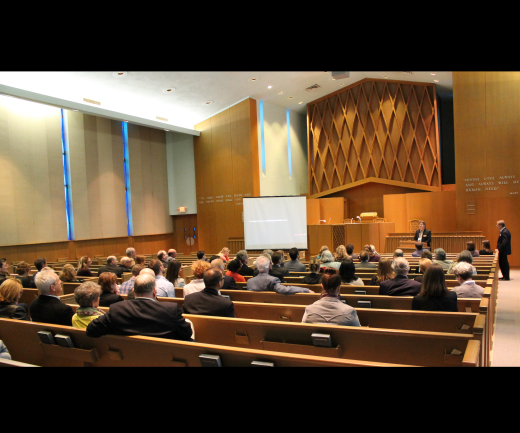Docomomo US National Symposium
Houston, Texas - March 13-16, 2014
The Docomomo US 2014 National Symposium program included a schedule of events and speakers covering modern architecture and preservation efforts in Houston and throughout the state of Texas, as well as a key discussion on the challenges of preserving sporting stadiums and the addition of the Houston Astrodome to the National Register of Historic Places. Some highlights of the week included a presentation by the architectural historian Stephen Fox, modern passive design solutions, modern architecture archives and preserving the ephemeral.
Its famously incessant growth notwithstanding, Houston retains a rich modernist heritage at all scales, the city’s can-do entrepreneurial spirit personified. Examples include prominent work by Philip Johnson (Menil House, 1950, The University of St. Thomas, 1958, and Pennzoil Place, 1976), Ludwig Mies van der Rohe (expansions to The Museum of Fine Arts Houston, 1958 and 1974), Renzo Piano (The Menil Collection,1987, and Twombly Gallery, 1995), and a multitude of mid-century modern residences by local and regional practitioners.
Extant works by locally-based architects range in size from the diminutive but astounding ‘Googie’ Penguin Arms apartment house (Arthur Moss, 1950) to the truly iconic Astrodome (Hermon Lloyd & W.B. Morgan and Wilson, Morris, Crain & Anderson, 1965). While Houston has lost many notable historic structures, including modernist classics, there is abundant evidence of successful preservation efforts as well as threatened modern buildings and sites, with futures still to be determined.
